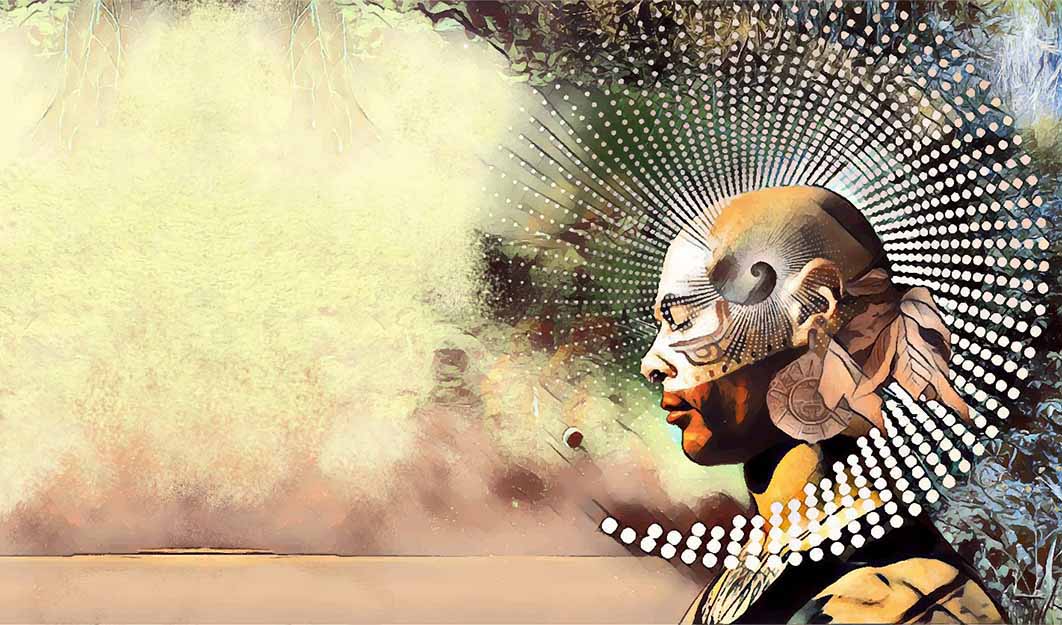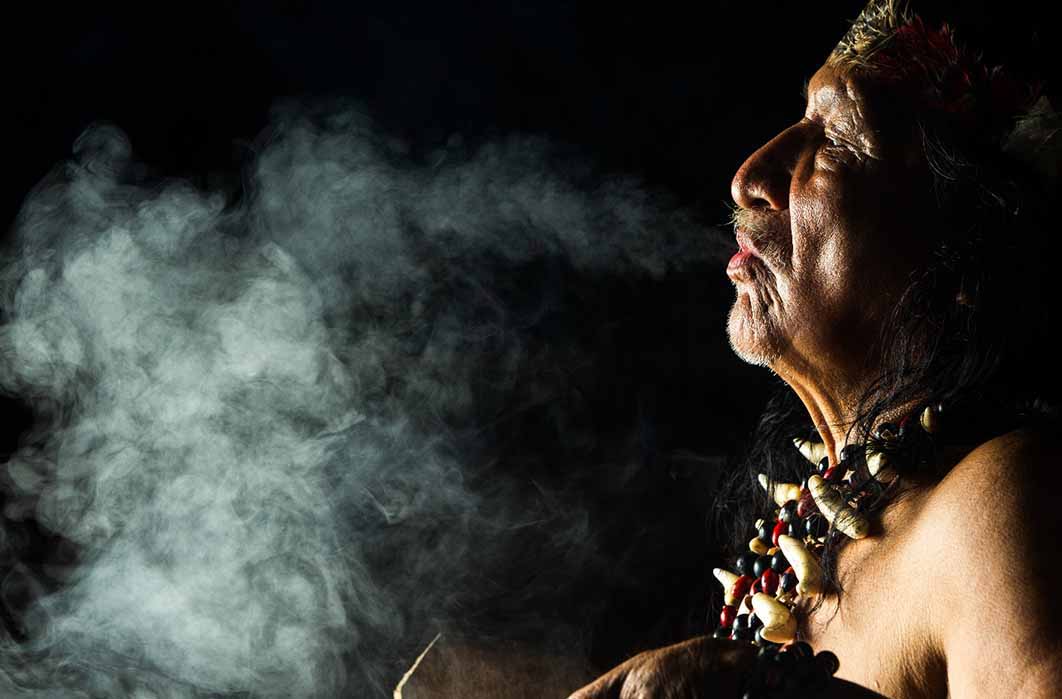
Psychedelic-Induced Mystical Experiences Throughout History
Since time immemorial, psychedelic mind-altering experiences have been common among humankind’s shamanic journeys. All is one. That is one of the feelings contemporary users of mind-altering plants describe. Actor Nick Kroll reported that it was “good to be one with the earth,” and Carrie Fisher, best known for her role as Princess Leia in Star Wars, explained that she could see the “web” that connects all things; there was no doubt that everything is one. Anthropologist David Watts explained, “The universal core of the mystical experience is the vision of unity. The vision of unity may be unification with nature or the universal self. The central characteristic of unity is the lack of conceptual or perceptual differentiation of objects.” All users report such a sensation. Musician Sting related that in his experience with psychedelics, he not only had a profound sense of connection with everything around him, but it also left him egoless. Others have reported the same thing: the sensation that the body is nothing more than a shell.
Spiritual leaders have expounded upon these connected truths for centuries. All is one. The body is nothing more than a shell. To explain the latter, some use the cicada as a metaphor, and a famous Japanese author wrote a 17th-century piece entitled “The Greatest Joys of the Cicada and its Cast-Off Shell,” in which a cicada has a conversation with its shell. Obviously, the shell is a metaphor for the body, and the cicada is the real creature: perhaps the real “soul.” Spiritual guru Deepak Choprah, psychologist Timothy Leary, author Mike Pollan, chef Anthony Bourdain, and countless others have related that they had a profound sense of the existence of the soul after experimenting with mind-altering plants. These truths are spiritual. The use of such substances to attain such spiritual or religious insight is ancient.

Shamanic inner world (Pamela Ranya /Adobe Stock)
Evidence of Pre-Historic Psychedelic Plant Users
The earliest known evidence of medicinal plants used to affect the consciousness is in the Tassili-n-Ajjer area of the Sahara desert, where a 7,000 to 9,000 year-old mural is found in a cave depicting a man, someone who would now likely be recognized as a shaman, with an unusual mask over his face and numerous mushrooms adorning his body. These fungi have been identified as psilocybe mairei. More ancient evidence is found in a Spanish cave near Villar de Humo where a 6,000-year-old mural depicts what has been positively identified as the psychedelic mushroom psilocybe hispanica.
Dating from approximately the same period, evidence of psychedelic use including the sacred brew ayahuasca is found throughout countries in South America and evidence of ongoing peyote ( a small spineless cactus) use is scattered throughout North and Central America. Some of the oldest in the United States dates to 3,700 BC, and equally old evidence of the use of peyote is found in Peru among other Andean countries. In northern Peru visitors can even find what some have branded a psychedelic god, as the being holds the San Pedro cactus, which contains mescaline. Likewise, monuments to other spiritual plants, notably psilocybin, are located throughout Central America, especially in Mexico and Guatemala. Some are more than 3,000 years old, and they are found in diverse regions including San Agustín, Colombia, Muisca, Quimbaya, Darién and countless others.
- The Shamanic Essenes, Keepers of the Dead Sea Scrolls And Other Secrets
- Shamanic Explorations of Supernatural Realms: Cave Art - The Earliest Folklore
- Hallucinogenic Trip Of The 1000-Year-Old Shamanic Pouch Into Another Galaxy
Besides the monuments themselves and symbols erected or depicted on walls to commemorate and honor those things that cultures find sacred, mummies and burial sites equally reveal a spiritual obsession with such psychotropic substances. A 2019-article in the Proceedings of the National Academy of Sciences revealed the discovery of a shaman’s pouch dating back more than 1,000 years that contained psychedelic substances and instruments used to make brews (like ayahuasca) and ingest them, and this discovery is not unique. Modern descendants of many cultures still talk about mushroom cults or cults that surround other types of psychedelic drugs: groups of people who used and continue to use such substances as a catalyst for religious awakening and spiritual advancement.

Shaman inhaling psychoactive substance ( Adobe Stock / Ammit)
Mesoamerican Psychedelic Drugs
Although there are scientifically created forms of psychedelic drugs, the ones provided by the earth, which ancient groups of people all over the planet seem to have used and respected from times immemorial, include psilocybin, of which there are literally hundreds of different varieties, the more common being psilocybe semilanceata (liberty caps), psilocybe cubensis (golden teachers), psilocybe mexicana (literally “Mexican” called conical caps), psilocybe cyanescens (wavy caps), psilocybe azurescens (flying saucer), and psilocybe baeocystis (bottle caps or blue bells). Besides mushrooms, which are by far the most common among indigenous tribes in the Americas if not the entire world, DMT, mescaline, and LSD are all manufactured from natural substances.




